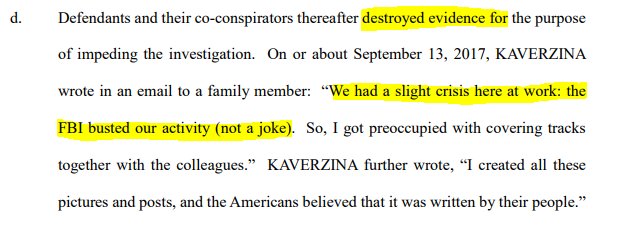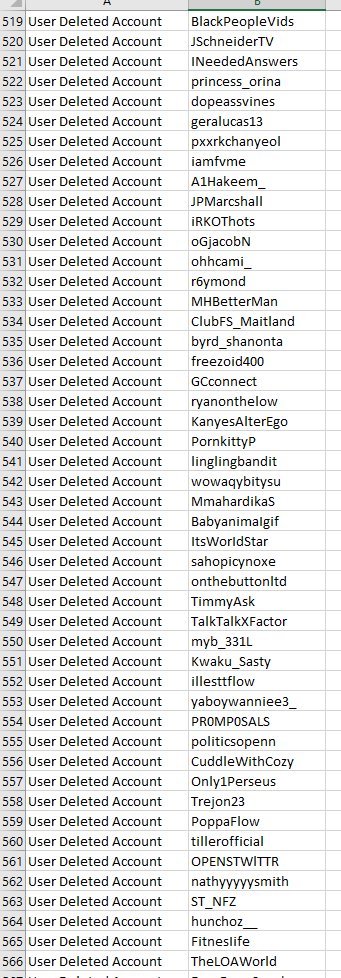Good thing is I don't need to pull new cables through wall (switch doesn't have neutral!), nor add long 4th pair to daisy chain from hallway lamp
Btw, red/black cabling dates from <2004, after that EU-regulated brown/blue pairs is required on new cabling. electriciancourses4u.co.uk/useful-resourc…
Perhaps post brexit it will change back to red/black?
































